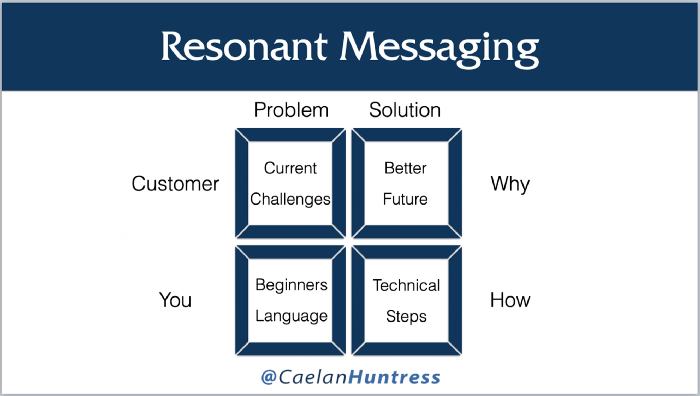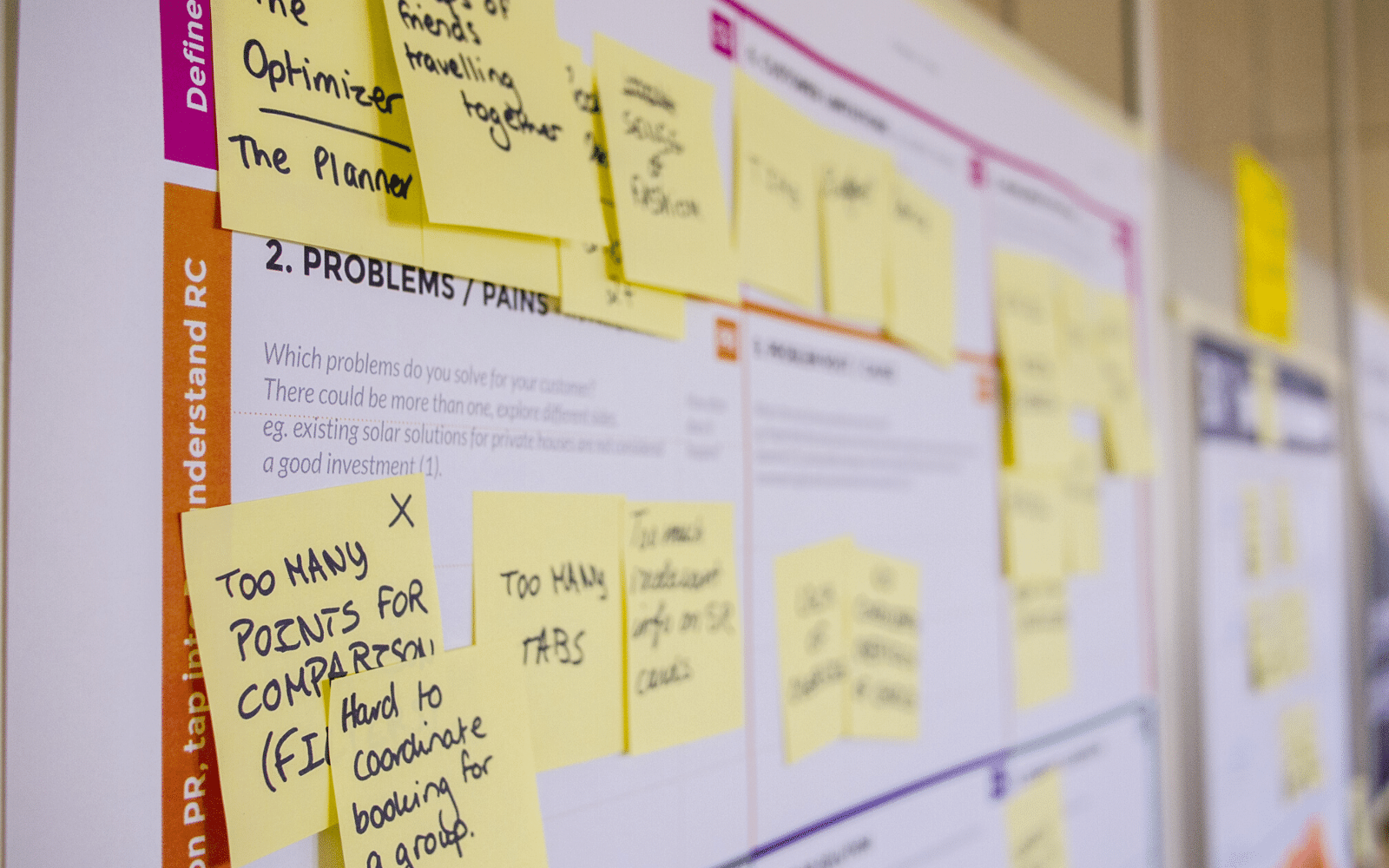Let your customers write your headlines for you
My sales page wasn’t converting. It was pretty, and had great testimonials. The price testing showed me it was a good offer, solving a difficult problem for a market that had money to pay. All of the ingredients were there. It seemed like a good sales page, but my conversion rate was low.
I got on the phone with a few friends who were in the market for this service, and asked them to be candid with me. “I don’t really get it,” they told me frankly. “I don’t see what’s in it for me.” Rather than get defensive, and try to educate them into buying it, instead I asked a bunch of questions.
- How does this problem make you feel inside?
- What solutions have you tried so far?
- Why didn’t those solutions work?
- What would your life be like if this problem was solved?
- What’s the worst-case scenario if this never gets fixed?
- If you could wave a magic wand and fix everything, what would happen?
I took a lot of notes. The answers given to my questions framed the problem completely differently. One of the interviews gave me the new headline: ‘Finally, I can just relax.’ By using the target market’s own language, I tripled the conversion rate of that sales page.
Experts can’t see the problem clearly
As an expert, you are prone to use sophisticated language. The specialised terms that you use to discuss solutions do not resonate with your customers. Non-experts phrase their pain in beginner’s language. You can access this language if you survey your customers, and ask them to describe their problems to you.
A car mechanic doesn’t use technical terms to diagnose what’s wrong with your car. “What kind of a sound does it make?” and “What happens when you try to pump the gas?” are much clearer questions for the average driver to answer than “Is the fuel line clogged?” or “How much air is flowing through the carburetor?”
If you’ve ever seen a mechanic advertise on a billboard, you can see the kinds of beginner language that is effective. For an average driver, a picture of a scrunched-up car is a simple way to phrase your pain. You can understand what that means. But the billboard with the diagram of the clogged fuel line — using technical terms to describe the solution — is going to get ignored.
Reflect your customers’ own phrases back to them
When you use the language discovered in customer surveys, you resonate. Resonation is a physics phenomenon that happens when an object is vibrating at a specific frequency, and other objects nearby are prone to vibrating at that frequency as well. When you hold a tuning fork next to a wine glass, the vibrations in the air resonate with the wineglass, and make it sing.
To resonate your messaging with your customers, use the words they use to describe their current challenges, and the future outcome that they want.

Image by the author
Ryan Levesque describes his entire survey funnel in his book Ask: The Counterintuitive Method to Discover Exactly What Your Customers Want to Buy. His campaigns gathered more than 10,000 leads a day. He asked 2.8 million leads to fill out his survey, and gained 175,000 customers across 19 different industries.
“Communicate with customers so they feel like you’re talking TO them and not AT them.” — Ryan Levesque
If you don’t have a survey in place, go to Google Forms and make one now. It’s easy, and takes you less than five minutes. Copy and paste these questions, or feel free to edit them to better suit your market and your business:
- What’s the biggest challenge you face with TOPIC?
- When was the last time that happened to you?
- Why was that so hard?
- What would make this easier?
- If a genie granted you a wish to solve this problem, what would change in your life and your business?
Set the answers to Paragraph, and then share the form link with people in your target market. Copy and paste the invitation below. Add your own content where words are in caps:
Hi, do you have a couple minutes to answer a short survey? I’m asking people like you about TOPIC, and I would love to hear your thoughts. This will only take a few minutes of your time, and I would really value your insight. LINK
After you have collected a good number of responses (20–30 is a good starting goal, but the more the merrier) you can review the responses in bulk. Google Forms will automatically populate a spreadsheet with every answer laid out neatly for your review. See an example form here. (Pro tip: Add a checkbox at the end of your survey, to offer subscription to your email newsletter. See an example here.)
This kind of market research takes time, but it can enrich your business over the long term. You will have to:
- Create the survey
- Collect responses
- Review the data
- Rewrite your headlines
If you see a word or a phrase that turns up multiple times, make note. Structure your headlines around the most common language you see in your survey responses. This way, when people read your headline, they will think you are talking directly to them. When you are using your market’s own words to resonate, you can reach them directly, using their own beginner’s language.
“Steal your Unique Value Proposition and messaging right out of your customers’ mouths.” — Joel Klettke
Your ideas of what your customers want, and how they would like to be sold, are just that: ideas. Your ideas may be right, or may be wrong. Only testing will tell. Take a shortcut to success by asking your customers what they really want with a survey. Sell them what they say they want, instead of what you think they want.
This article is an excerpt from my book, ‘Marketing Yourself.’ You can read the whole book here.






Leave A Comment